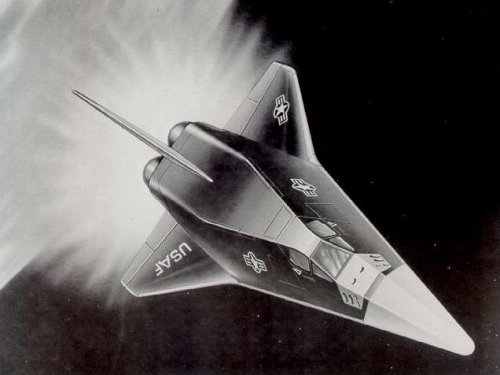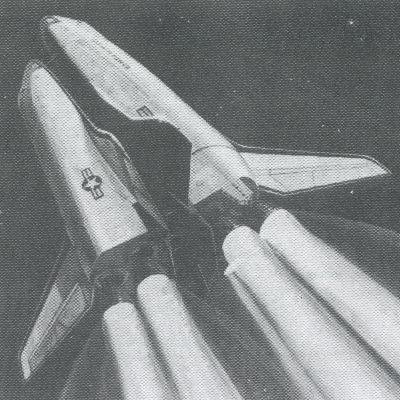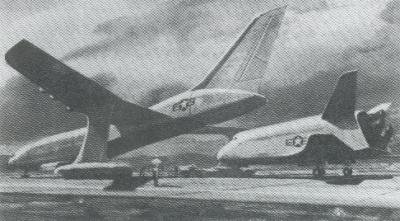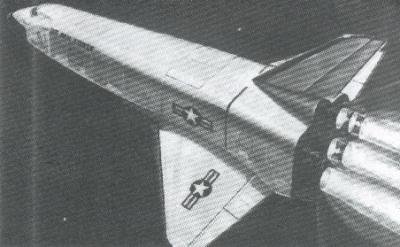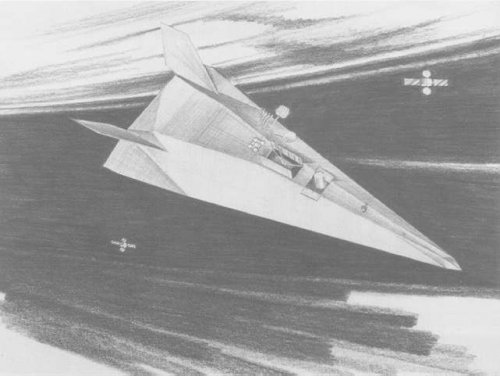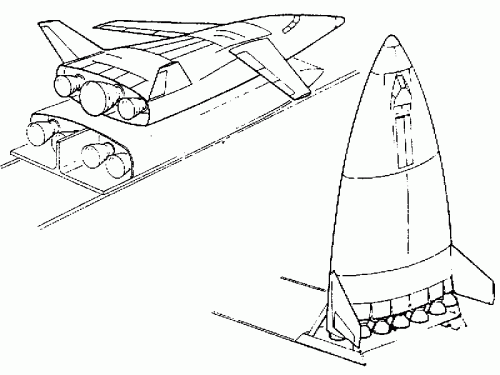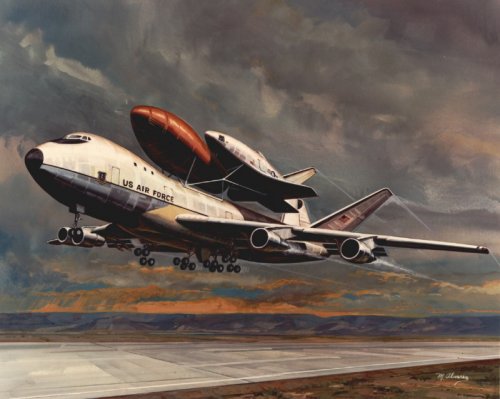I looked at some old issues of Spaceflight in regards to this list:
"P.S. Literature list that may contain stuff needed
1. Interavia Aerospace Review, 1982, v.37, II, N 2, p.117.
5. Plight International, 1984, v.125, 14/1, N 3897, p.72.
8. Air Force Magazine, 1984, v.67, N 4, p.25-26.
10.Aerospace America, 1985, v.23, II, N 2, p.50-53.
11. Journal of Spacecraft, 1986, v.23, XI-XII, N 6, p.612-619.
12. International Defense Review, 1982, v.15, N 8, p.1113.
13. Popular Mechanics, 1982, XII, p.120.
14. Space World, 1983, N T-1-229, p.33.
15. Plight International, 1982, v.122, 4/XII, N 3839, p.1637.
18. Smith B.A. Study shows space sortie concept viable by 1990. Aviation Week and Space Technology, 1982, v.117, 1/XI, N 18, p.69-70.
19. Aviation Week and Space Technology, 1982, v.117, 20/XII, N 25, p.63.
20. Aviation Week and Space Technology, 1982, v.116, 14/VI, N 24, p.28.
22. Aviation Week and Space Technology, 1982, v.117, 9/III, N 6, p.49.
23. Air Force Magazine, 1983, v.66, N 11, p.111.
30. Spaceflight, 1984, v.26, III, К 3, p.123-128.
32. Spaceflight, 1985, v.27, I, N 1, p.3.
33. Spaceflight, 1987, v.29, III, N 3, p.90-91.
34. Interavia Air Letter, 1986, 20/V, N 11001, p.6.
35. Air et Cosmos, 1986, 6/IX, N 1107, p.46.
36. Plight International, 1986, v.130, 30/VIII, N 4026, p.60.
37. Plight International Show Daily, 1986, 2/IX, N 3, p.36.
38. Air et Cosmos, 1986, 20/XII, N 1122, p.31-32."
--30. Spaceflight, 1984, v.26, III, К 3, p.123-128.
Not a relevant article.
--32. Spaceflight, 1985, v.27, I, N 1, p.3.
"Spacecab II: A Small Shuttle," by David Ashford (2 pages; small air-launched shuttle concept)
Unfortunately, it is not on the ALSV.
--Spaceflight, 1987, v.29, III, N 3, p.90-91
"HOTOL: Jumbo Jet Launch Proposal," featured item of correspondence by Bernard Carr
Unfortunately, it is also not on the ALSV.
The best overall article appears to be one of the Aviation Week articles. Everything else is either not relevant or just a retread. There's less available on this than I thought.


